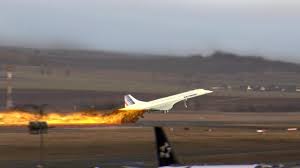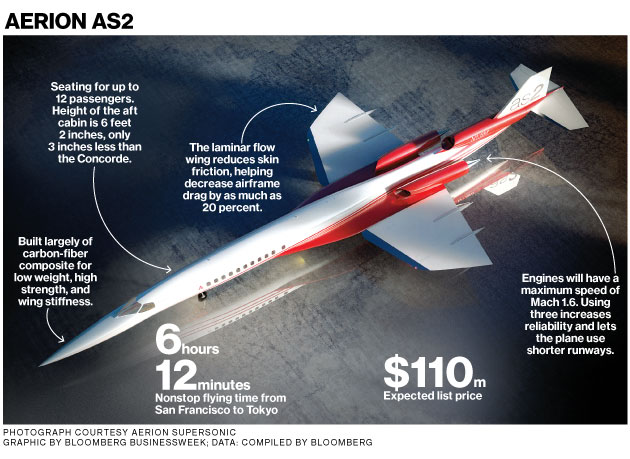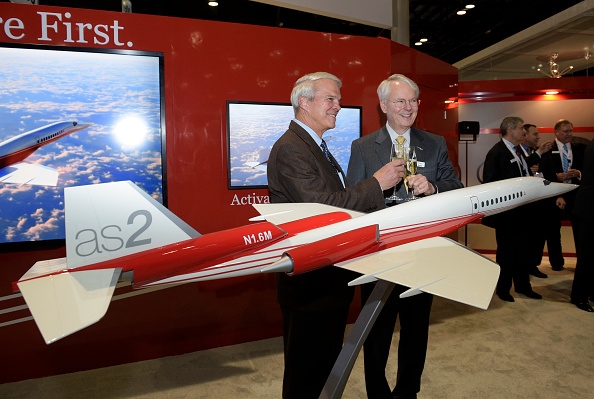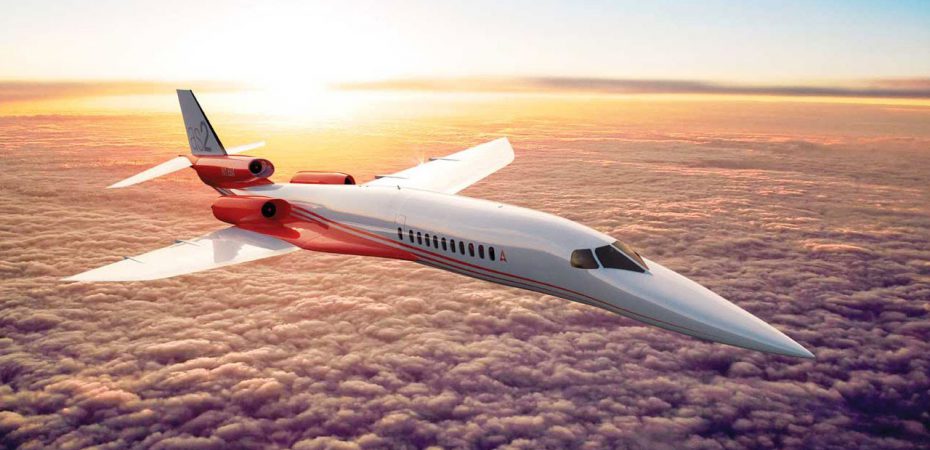By Dilibe Iloeje ’18
Private supersonic jets. It sounds like something out of a Jetsons episode, but surprisingly, they may be available by as early as 2023. For some time, private Gulfstream

Although many have high hopes for the AS2, many others wonder if the jet, like the Concorde, will ultimately turn out to be a failure. The Concorde, due to regulations on its ear-splitting noise in North America and Europe, was only used for trans-oceanic travel. Also, the Concorde burned twice as much fuel than a Boeing jumbo jet, while only carrying 92 to 128 passengers, a quarter of a Boeing jumbo’s passenger capacity. Concorde jets retired in 2003 due to a general downturn in the commercial aviation industry after a Concorde crash in 2000, the September 11 attacks in 2001, and the soaring expenses of operating the aircraft.

Aerion stated that the AS2 will be able to fly below supersonic speeds overland, and then transition to fly at supersonic speeds above water. According to the company, the jets are also capable of carrying between eight to twelve passengers up to 4,750 nautical miles at supersonic speeds. Furthermore, the AS2 can trim three hours off a transatlantic flight and more off longer trans-Pacific routes.

Although Aerion has yet to build the jets, it will start soon: with the help of Airbus the company will conduct its first test by 2021. Aerion and Airbus have formed their partnership to combine Airbus’s technology, experience, and credibility with Aerion’s vision of the AS2, ultimately presenting the jet to customers by 2023. Their first customer is Flexjet, a company that offers part-ownership of and leases on the aircraft. Aerion and Airbus are highly optimistic, as they expect more orders to follow soon.
Look out: by 2023, there might be a new king of the sky.

